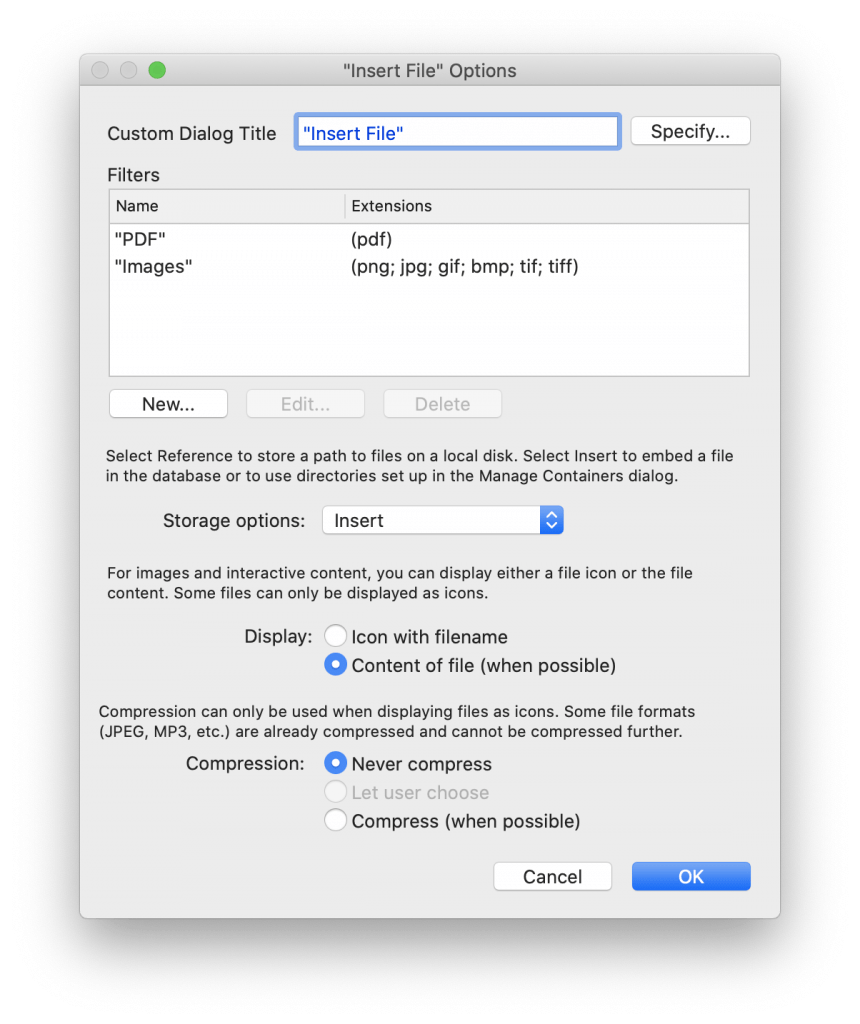

A s you learn how to work with APIs, you’ll discover that API keys and API security are the most difficult development concepts and steps to understand. M ost APIs use world-class security in order to talk to them. Security is a big part of today's world a nd everything that we do. On the business side, there are examples such as:ĪPI Security: Authentication and Authorization We think that i t's essential that a shopping cart has an API t hat developers can talk to, pull information down, or push products out. Therefore, integrating the e-commerce API with FileMaker allows you to gather your order data and then manage the rest of the details in FileMaker. A lot of them are great at taking orders, but not a lot of them are good at managing customers or inventory. In t he web e - commerce world, there are many different web shopping carts. It is also important to know that not all API connections are free. Some APIs are simple and easy-to-use, but some can be complicated. Below are examples for various com panies and industries with API capabilities but many more exist. There are many entities that have an API you can talk to, post a request, and gather information. With the FileMaker Data API or Admin API, you can send requests for FileMaker data and information.

In the web viewer example, FileMaker Pro was acting as the consumer. For example, the FileMaker platform offer s both sides of the equation – it is both a consumer and a provider of APIs. T here are many providers such as Google Maps, YouTube, Stripe, MailChimp, and DocuSign. As in th e case above, FedEx provided the URL for the tracking number. O n the other side of the equation, is the provider (providing the response). You can create your own requests, reach out to an API, and get information back. This is the ability to consume information through an API. First, there’s th e idea of an API consumer - this can come in the form of a mobile phone, a website, or even FileMaker Pro A dvanced. The kitchen makes your food and then once the food is complete, it goes back through the wait staff ( or your API ), and then you receive your food ( or your respons e). The w aitstaff, aka the API, brings the request to the kitchen ( or the FileMaker Server), where the request is processed. You make the request to the waitstaff - p retend that they are the API. Pretend that y ou, as the customer, are the application making the request. Think of this analogy: if you’re a customer at a restaurant you have a menu of items you can order. An API is like a contract that includes an understanding between both parties and an agreed-upon standard set by which those parties communicate. In its simplest form, it's a structured request with a structured response.
#Filemaker pro 6 pdf printing software
A n API is one piece of software talking to another, or one system talking to another system. To spell it out more plainly, API stands for “application programming interface.” But even after spelling it out, it may still cause confusion.


 0 kommentar(er)
0 kommentar(er)
